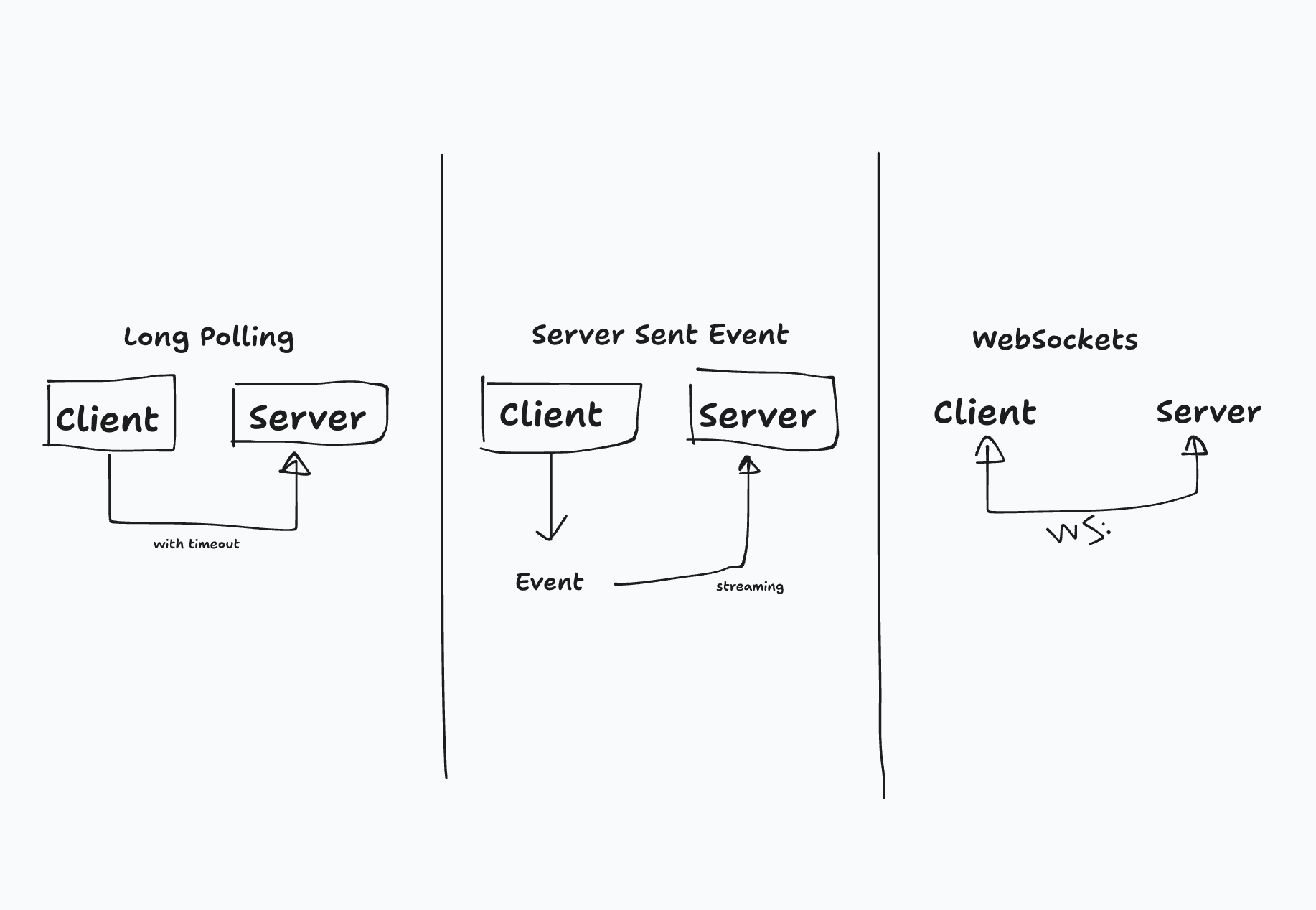The Map That Made Me Rethink My System Design Approach
Last week, I stumbled upon a visual “System Design Topic Map” from ByteByteGo that instantly caught my attention. As someone who’s built products, led teams, and spent too many late nights debugging scaling issues, this map felt like a cheat sheet for everything I wish I’d had years ago.
Why It Hit Me
When you work on real-world systems, you quickly realize that “system design” isn’t just one skill — it’s a whole ecosystem. This map lays it out beautifully, covering application design, communication, scalability, security, data layers, and infrastructure.
Looking at it, I immediately started recalling moments from my own career:
That time I learned the hard way why rate limiting is not optional after a DDOS attempt on one of our APIs.
When our “quick prototype” grew into a monolith so big that moving to microservices felt like open-heart surgery.
The painful week I spent implementing leader election in a distributed system — wishing I’d studied it sooner.
My Takeaways From the Map
Here’s how I see it breaking down:
- Core Concepts & Application LayerUnderstanding patterns like Domain-Driven Design and Clean Architecture gives you a mental framework. Without them, you’re just adding features without structure.
- Network & CommunicationIf your system talks to anything else (and it does), you must know your protocols — from HTTP to gRPC to message queues like AMQP.Bonus: mastering real-time communication is pure magic for user experience.
- Scalability & ReliabilityThis is where the war stories live — sharding, caching, auto-scaling. You don’t just learn them, you earn them.
- Security & ObservabilityI’ve seen brilliant products fail because they treated security as an afterthought. And without monitoring & logging, you’re basically flying blind.
- Infrastructure & DeploymentWhether you’re into Kubernetes or still deploying on a single EC2 instance, the principles of IaC (Infrastructure as Code) and CI/CD keep you sane.
- Data LayerPicking between SQL, NoSQL, and NewSQL isn’t just a tech choice — it shapes your entire product’s capabilities and limitations.
Mini Lesson: Real-Time Communication — 3 Strategies I’ve Used
Real-time communication is one of those things that looks simple on the surface, but in reality, the implementation depends heavily on your requirements, scale, and infrastructure. The map highlights three key strategies:
1. Long Polling
How it works:
- The client sends a request to the server.
- The server keeps the connection open until new data is available or a timeout occurs.
- Once the server responds, the client immediately sends another request.
When I’ve used it:
- Back when WebSockets weren’t an option for our infrastructure.
- For quick real-time-ish updates where SSE/WebSockets felt like overkill.
Tips from experience:
- Keep timeouts reasonable (20–30 seconds).
- Batch multiple updates in one response when possible.
- Always implement retries to handle dropped connections.
async function longPoll() {
try {
const res = await fetch('/updates');
const data = await res.json();
console.log('New data:', data);
} catch (err) {
console.error('Polling error:', err);
} finally {
// Immediately poll again
longPoll();
}
}
longPoll();2. Server-Sent Events (SSE)
How it works:
- A one-way channel from the server to the client using HTTP.
- The server continuously streams updates to the client over a single, long-lived connection.
When I’ve used it:
- For live dashboards where only the server needs to push updates.
- Notifications or feed updates in apps where the client doesn’t need to send frequent messages back.
Pros:
- Lightweight and simpler than WebSockets.
- Built-in reconnection support in most browsers.
Cons:
- One-way only — no sending data from client to server over the same channel.
const events = new EventSource('/stream');
events.onmessage = (event) => {
console.log('New message:', event.data);
};
events.onerror = (err) => {
console.error('SSE error:', err);
};Server (Node.js with Express) Example:
const express = require('express');
const app = express();
app.get('/stream', (req, res) => {
res.setHeader('Content-Type', 'text/event-stream');
res.setHeader('Cache-Control', 'no-cache');
res.setHeader('Connection', 'keep-alive');
const sendMessage = (msg) => {
res.write(`data: ${JSON.stringify(msg)}\n\n`);
};
sendMessage({ message: 'Connected to SSE' });
const interval = setInterval(() => {
sendMessage({ time: new Date().toISOString() });
}, 2000);
req.on('close', () => {
clearInterval(interval);
});
});
app.listen(3000, () => console.log('SSE server running on port 3000'));3. WebSockets
How it works:
- Establishes a full-duplex (two-way) persistent connection between client and server.
- Ideal for sending and receiving data in real-time without repeated HTTP overhead.
When I’ve used it:
- For chat apps, multiplayer games, collaborative editing tools.
- Anywhere latency matters and messages need to go both ways.
Best practices:
- Use ping/pong heartbeats to detect dropped connections.
- Implement authentication at connection handshake.
- Monitor message rates to prevent abuse.
const socket = new WebSocket('ws://localhost:3000');
socket.onopen = () => {
console.log('Connected to WebSocket');
socket.send(JSON.stringify({ type: 'hello', message: 'Hi server!' }));
};
socket.onmessage = (event) => {
console.log('Received:', event.data);
};Server (Node.js with ws library) Example:
const WebSocket = require('ws');
const wss = new WebSocket.Server({ port: 3000 });
wss.on('connection', (ws) => {
console.log('New client connected');
ws.send(JSON.stringify({ message: 'Welcome to WebSocket server' }));
ws.on('message', (message) => {
console.log('Received from client:', message);
ws.send(JSON.stringify({ echo: message }));
});
ws.on('close', () => {
console.log('Client disconnected');
});
});
console.log('WebSocket server running on ws://localhost:3000');How I choose between them:
- Long Polling → Simple, works everywhere, but less efficient.
- SSE → Great for server-to-client streams with minimal complexity.
- WebSockets → Best for full interactive, two-way communication at scale.
How I’m Using This Map
I’ve bookmarked it as a self-audit tool. Whenever I start a project, I’ll run through each category and ask:
- Have we considered the right architecture pattern?
- Is our communication protocol the best fit?
- Do we have a scaling strategy from day one?
- Is security baked in, not bolted on?
If you’re building anything beyond a hobby app, I recommend keeping a similar map on hand. It’s like having a senior architect whispering in your ear, minus the coffee breath.
